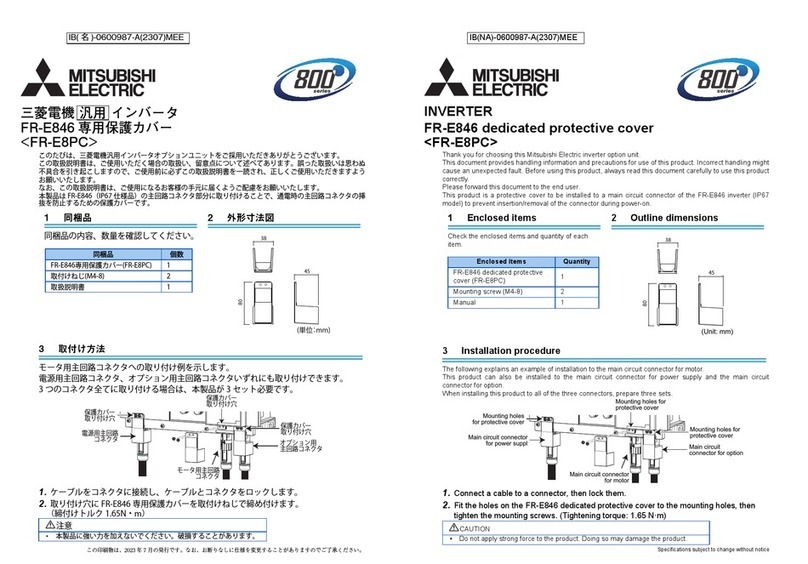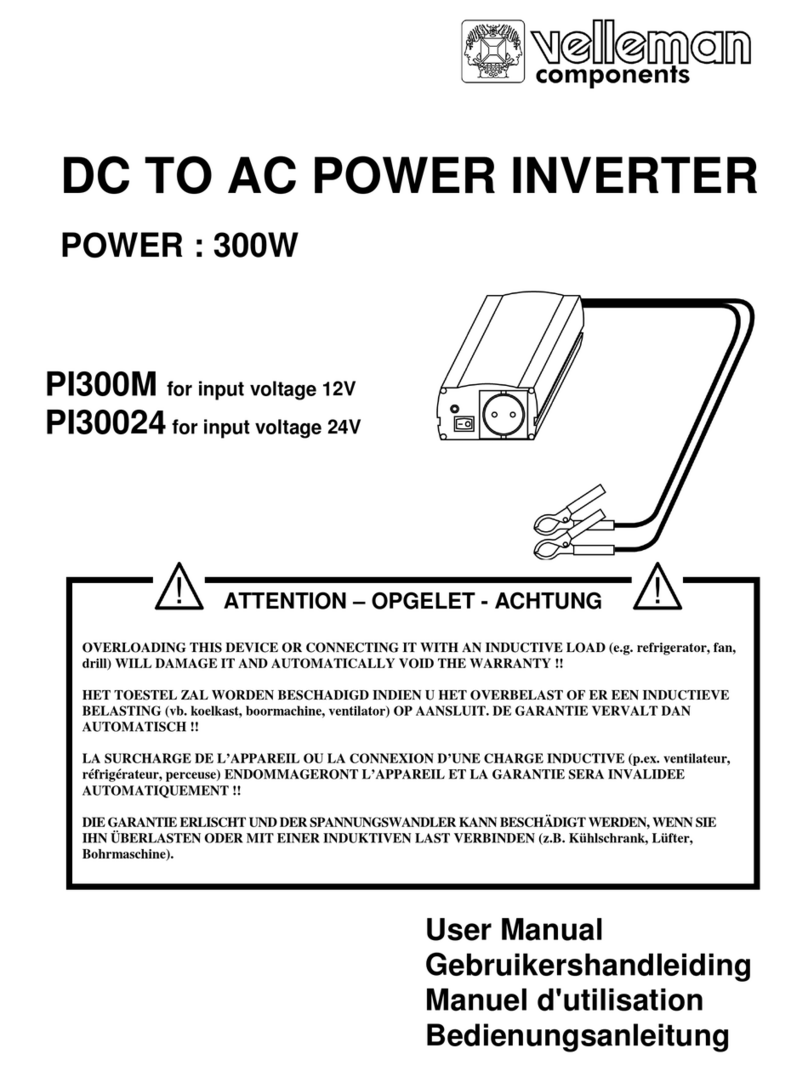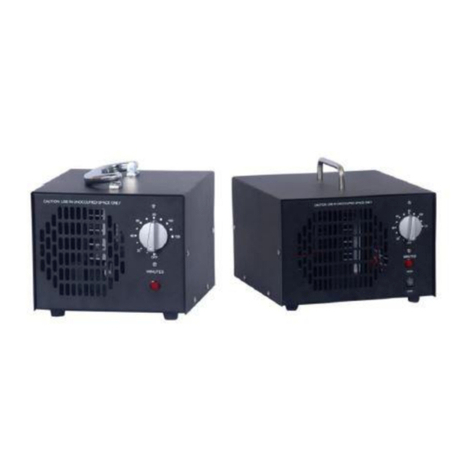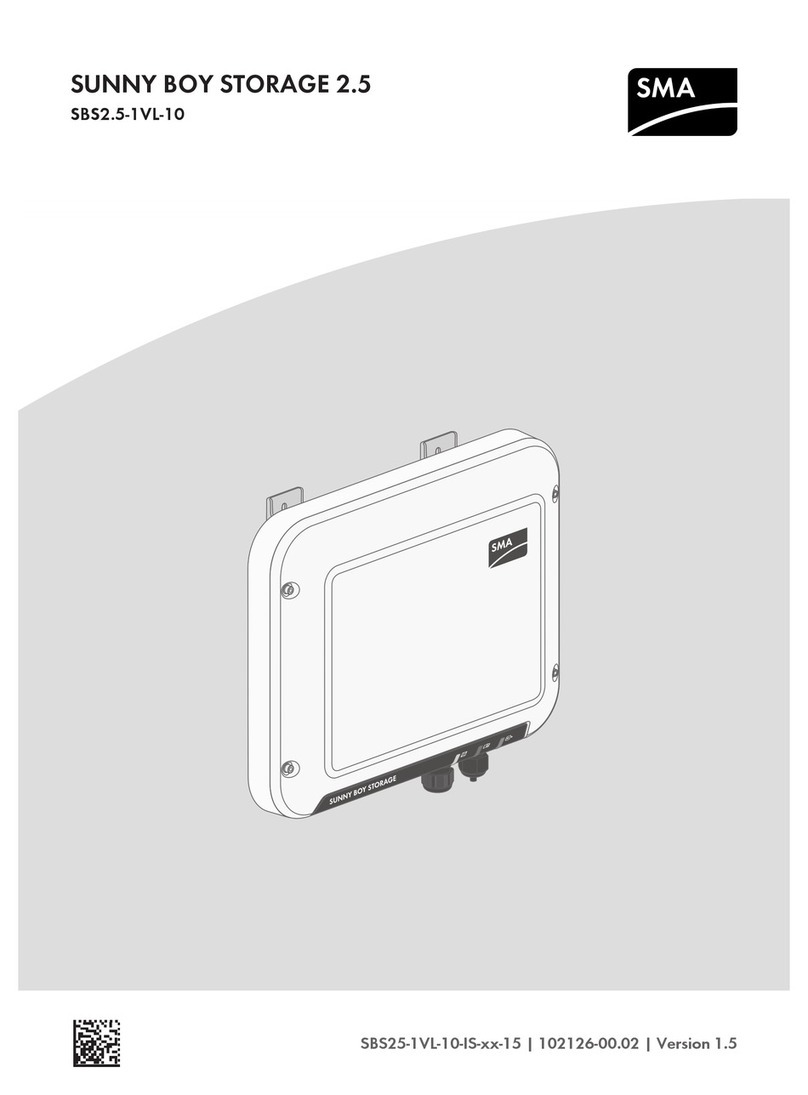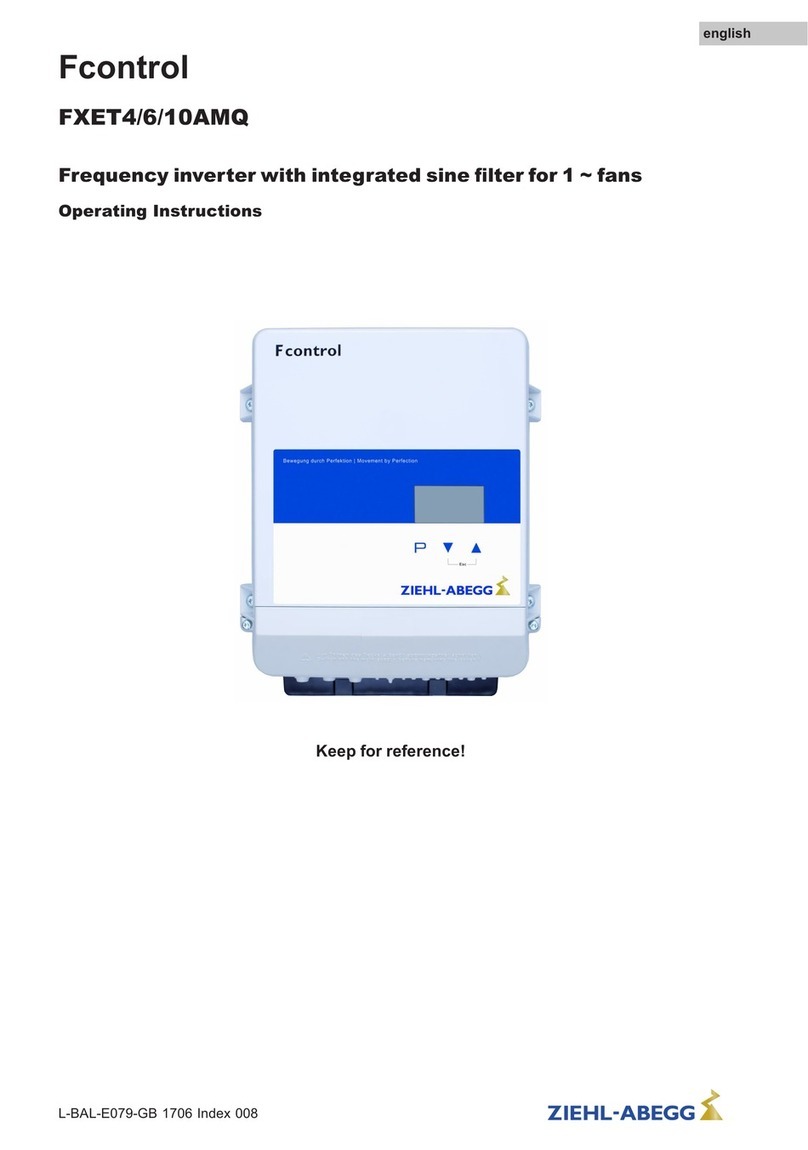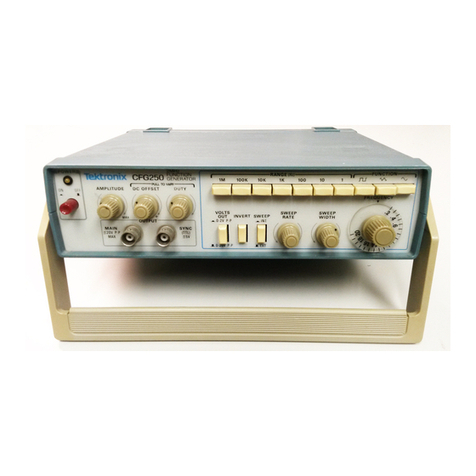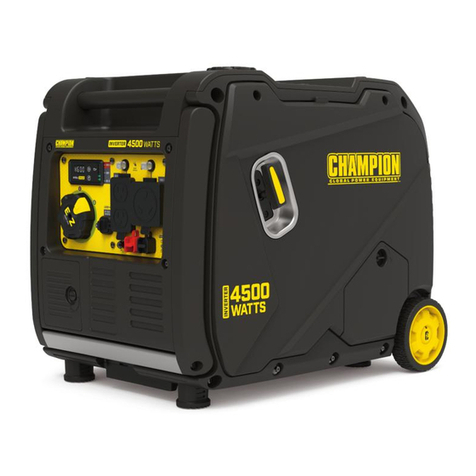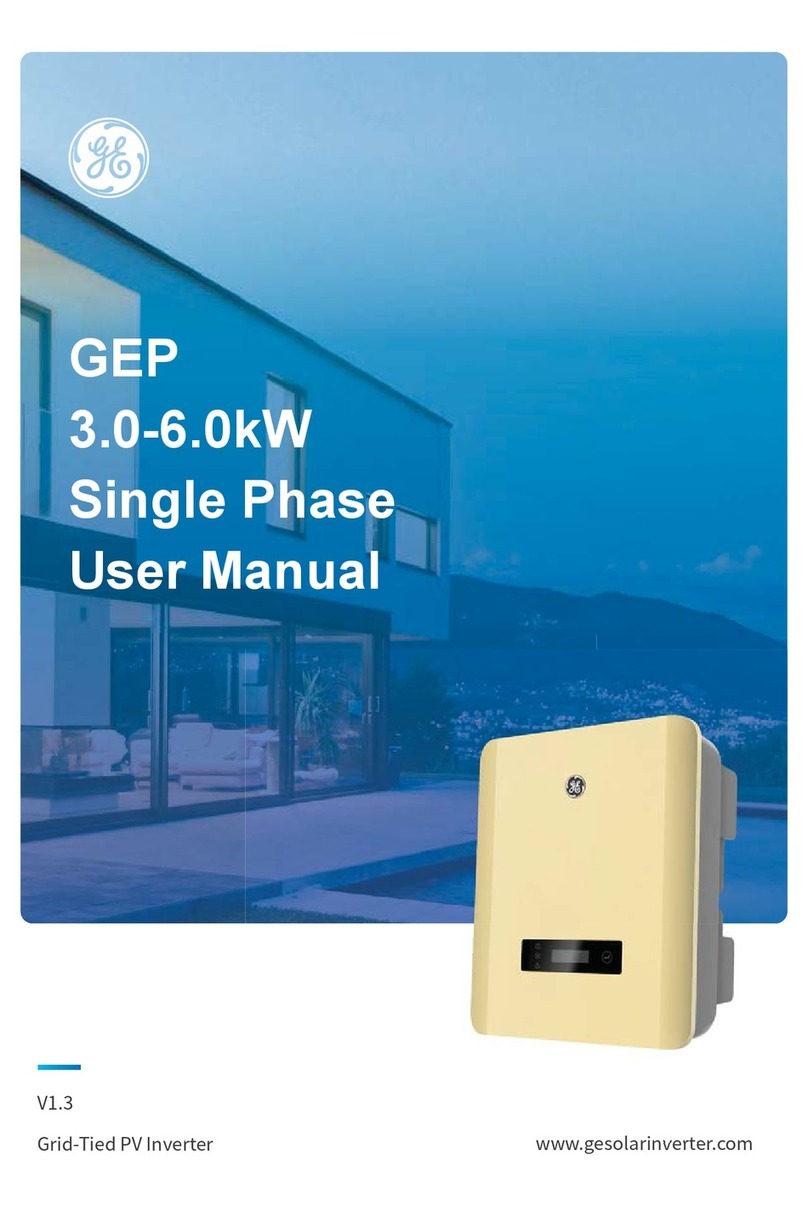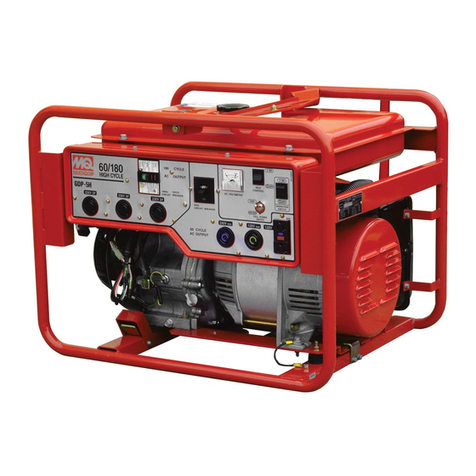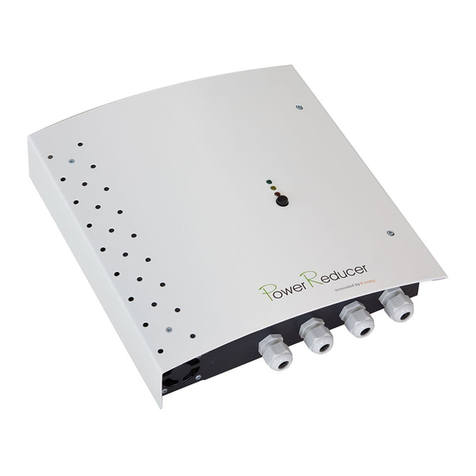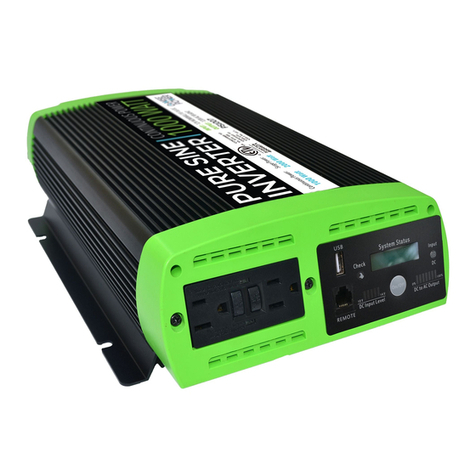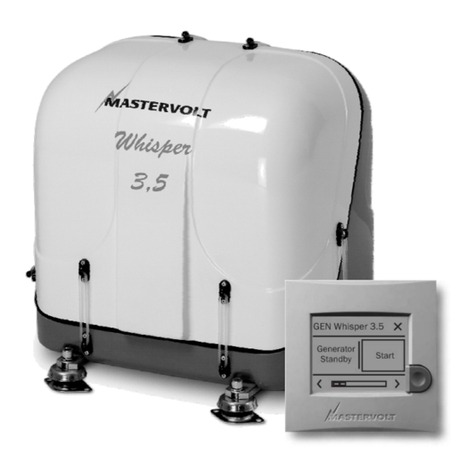
The present winding diameter for
the winding/unwinding shaft is
calculated from the actual line
speed or the actual motor speed.
8
Winding diameter calculation
System simplification
The FR-A800-R2R inverter has various dedicated functions such as winding diameter calculation, providing
stable winding/unwinding control independently.
By adjusting the speed control
proportional gain according to the
winding diameter, the response
level can be kept constant.
Speed control proportional
gain compensation
The line speed command and actual line
speed required for calculating the winding
diameter can be input through the analog
input terminal or plug-in option.
Line speed command
input selection / actual
line speed input selection
When material rupture (break) occurs and
the sensor feedback value (dancer/tension
feedback) is held at the upper/lower limit
for a certain period of time, the break
detection signal is output.
Dancer roll malposition detection
By automatically adjusting the tension
PI gain for PID control, time required for
adjustment is significantly cut down.
Anyone can start the system easily.
Tension PI gain tuning
Example of dancer feedback control (winding)
Variable
tension
Constant
tension
Dancer roll
position
Break detection
time
Break
detection
signal
Start
signal
Winding diameter calculation function selection
The present value of winding diam-
eter and winding/unwinding length
can be stored.
The winding diameter and winding
length values are stored in the in-
verter even during power-OFF.
Winding diameter /
winding length storage
D = V
π × n × Z
PID control is performed using feedback
of the detected dancer roll position or
feedback from the tension sensor. Stable
control can be achieved in combination
with the winding diameter calculation.
•Actual line speed calculation method
The winding diameter is calculated
from the line speed and the main
speed (actual motor speed).
•Thickness calculation method
The material thickness is added up to
find the overall winding diameter.
D = Initial diameter ± 2 × d × N × Z
D: Diameter
n: Motor speed
d: Material thickness
V: Line speed
N: Number of rotations
Z: Reduction ratio
Initial winding diameter calculation
When the winding diameter changes after the material change or others, the present winding diameter is calculated in the following two ways.
The winding diameter calculation method can be selected in order to improve the
tension control performance.
•The present winding diameter is calculated based
on the dancer roll movement at a start from the
lower limit position to the target position.
•The present winding diameter is calculated from
the line speed and the actual motor speed. (The
system must be started at low speed.)
Dancer roll
target position
Dancer roll
position
Line speed
Start signal
Initial winding
diameter
calculation
Winding
diameter
measurement
Line speed at
winding diameter
calculation
activation
Winding
diameter
Start signal
Actual line
speed
The tension applied to the material is main-
tained constant by raising a commanded
torque to compensate mechanical loss
caused by factors such as friction on the
dancer roll or winding/unwinding shaft.
Mechanical loss
compensation function
During acceleration/deceleration, the ten-
sion applied to the material is maintained
constant by adjusting the variable tension
on the winding and unwinding sides.
Inertia compensation function
By adjusting the tension on the work-
piece, it is possible to avoid imperfec-
tions such as wrinkles or deformation
caused by the increase in diameter.
Taper function
The cushion time is set for the tension command to avoid sudden change in tension.
Tension command cushion time
Commanded
torque
Acceleration
Deceleration
Line speed
Tension
Winding
diameter
Taper ratio
Maximum
winding
diameter
Minimum
winding
diameter Diameter at
taper start
Dancer feedback speed control
Tension sensor feedback speed control
The output torque of a motor is
controlled so that the tension applied
to a material is constant by calculat-
ing the winding diameter of a roll.
Tension sensorless torque control
Tension sensor feedback torque control
Vibrated dancer roll
Stabilized
dancer roll
V
d
D
Zn
N
1
Features
Features
Stabilized










